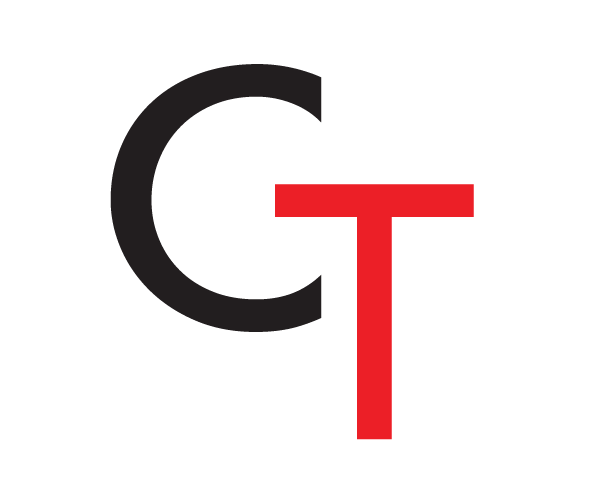For any of you who have already gone through the process of choosing a racquet, you’ll know that it can be a time consuming process requiring a great deal of thought before coming to a final decision. Certain racquet specifications often will enhance one area of a player’s game at the cost of compromising other areas. Striking the ideal balance between for example power and control can be a tricky task especially when faced with a truckload of racquet specs to keep track of. With this in mind, we at Control The T have decided to put a small article together to help guide racquet selection for a player looking to maximize the amount of power they can attain from their racquet.
Wrapped up into an overly concise, easy to understand package, power generation boils down to the degree that the strings of the racquet flex at the point of contact with the ball in combination with very basic player characteristics. We will begin with the “trampoline like” action that serves to increase the acceleration of the ball as the strings rapidly snap back into place increasing the force applied to the ball by the racquet. Let us take a look at the racquet specifications that are conducive to string flexion making for a powerful racquet.
Head Size
Distance between the frame and the point of contact will determine the degree of string flexion when making contact with the ball. The longer distance between the frame’s edge and the contact point causes strings to deflect and snap back into place more easily. This as we know is beneficial for power generation. Larger head sizes will increase this effect by lengthening the distance between the edge of the frame and contact point.
Tear Drop Throat Style
The concept discussed above with increased string length contributing to string flexion/power can be applied to the throat style of the racquet. When compared head-to-head with a closed throat racquet, a teardrop style racquet will have much longer main strings. This subtly in design helps promote the “trampoline effect” on contact increasing force production.
Strings – Tension and Gauge
Understanding that power generation can be enhanced through increased string flexion, it’s a no-brainer that reduced string tension will result in increased power of a racquet. It goes without saying that a functional threshold exists at the lower ends of the range in string tensions. Typical racquet string tensions fall somewhere in the range of 24 to 29lbs and players looking to maximize power may be interested in having their racquet strung at the lower ends of this range. In fact, the Frenchman Gregory Gauthier who has been a front-runner in the professional rankings for quite some time uses racquets strung at only 16lbs!
String gauge (thickness) also plays an integral part in driving string flexion. Squash strings are available in three different gauges 17, 18 and 19. Ironically, 17 gauge strings are the thickest and flex the least while 19 gauge strings are the thinnest and deflect the most. A player looking to enhance power generation would lean toward stringing their racquet with 19 gauge strings promoting string flexion.
Power and The Player
I hate to bring readers back to high school physics but I’ll have to briefly bring up a quick word on Newton’s First Law but I can assure you; it will be short and useful to understanding power on the court. Force production carries a direct relation to the mass of the racquet and the acceleration of the racquet head as it makes contact with the ball (F=ma). This simply means that a lighter racquet must be accelerating at a greater degree at the point of contact to than a heavier frame to produce equal amounts of force
The player looking to achieve as much power as possible may want to select a racquet that carries more mass through the frame. So long as they are able to accelerate this racquet appropriately, the selection of the heavier racquet will translate into increased power production. Knowing that this will not suit the needs of every player, somebody who needs to use a lighter racquet but still needs a boost in power should consider seeking out a “head heavy” balance in a lighter racquet. Head heavy balances in a racquet help keep the overall mass of the racquet down while bunching up the majority of the racquets mass at the head where contact with the ball is made. This combination helps produce power without forcing the player to wield a racquet which is overly heavy for them.
A Note on Compromise
Selecting a racquet that is conducive to power production is beneficial in many regards but it may also come at the expense of compromising other areas of the racquets performance. When selecting your racquet keep in mind that any specifications that promote the “trampoline effect” will make controlling your shots a little more challenging as rebound properties of the string are not always uniform. Additionally low string tension while helping to produce more power do so at the expense of control. Using a higher gauge string while helping the power of the racquet will cause the strings to break quicker.
Recommendation
From a personal perspective I like a racquet that helps generate power and I play with the Black Knight Ion Cannon. It contains several power promoting characteristics which help this racquet pack an extra punch.
- Large Head Size - 500 square centimeter head
- Teardrop Throat Style
- Head Heavy (135g dynamic weight and 130g static weight)



